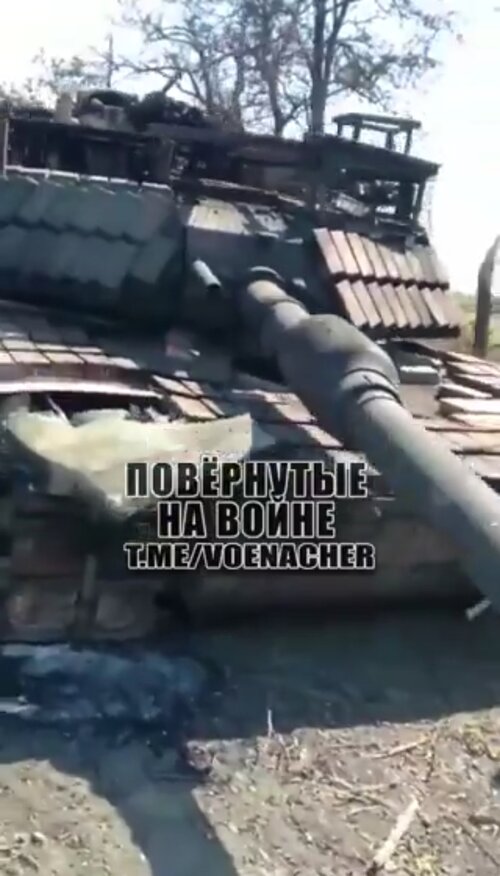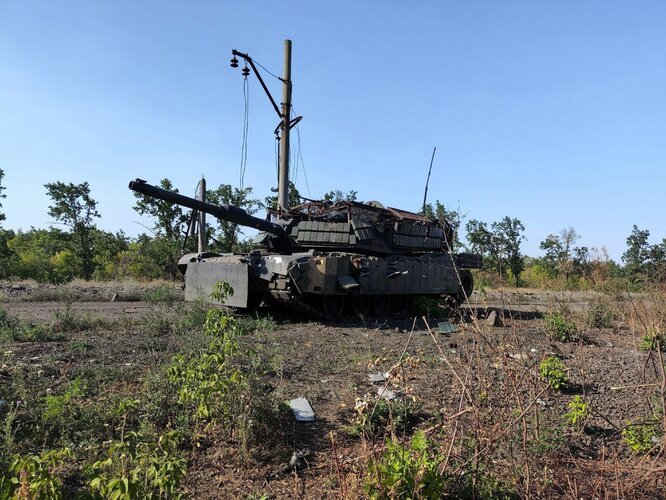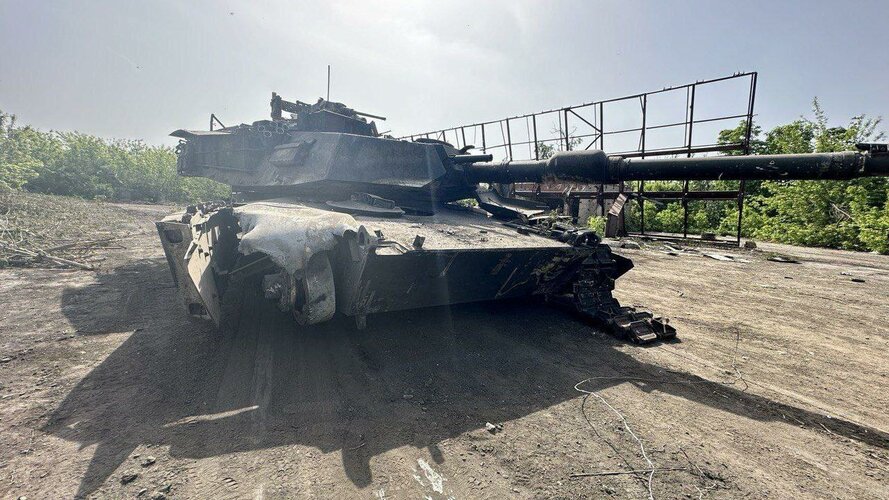I don't think anyone with a brain thought the M1A1 was "virtually indestructible", and there were never enough of them to make a practical difference. If the tank crew survived, the M1 did its job.
Tank's job is to be a tank, not just to let the crew survive cook offs. It helps a lot when there is no cook-off, sure, but ultimately the part of the job not done by the AFV crew will be paid by infantry in blood - at a premium rate.
Right now it seems, that of 3 major western MBTs:
Challenger is (mentally) challenged. Available only in low numbers(as they are anyway), prone to mechanical problems, and very vulnerable.
Soviet(Russian, Ukrainian) tanks, for all their explosive character, at least have thick skin (only engine deck and turret rear are really weak).
Puts big question mark on Challenger 3, too - yes, it'll get safe ammo storage, but numbers situation will get even worse, and other than ammo it's going to be just as big and vulnerable as before.
Abrams - something is very wrong with their protection, as ERA slapping shows. All of them are getting ERAed, eveywhere. They weren't meant to be.
Granted, USMC M1A1s lost their US protection package(at least for the turret front), but replacement one still is a modern package, and the problems are from all directions; furthermore, US package is meant to make most difference for kinetic rods, and this isn't the threat.
On the bright side - much like Bradleys, they seem to be decently available and maintainable, even when in low numbers.
Leopard - 2a4 appears to be just average(expected) - neither good nor especially reliable, but just vulnerable. In a conflict defined by artillery, FPV and ATGMs it just doesn't work that well. Meme-ERA slapping doesn't help all that much, the tank is just big and old.
2a6 and Swedish 2a5, apparently, are in fact decently survivable and hard to finish off...but again, low numbers and they're difficult to keep operational. Also, there's a big suspicion that without chassis upgrade they can't really be meme-ERAed.
Overall, even with all Western help, best Ukrainian tank supplier appears to still be Russia. Both in quality and in quanitity. And while it's easy to chose the worst western-supplied MBT(Challenger), choosing the best is harder - both are far from ideal.
As a design, overall, probably it's swedish 2a5(but numbers and weight margins are a big question mark). As a tank - m1a1. Simply because it's actually maintainable in the field.
But still. Western IFVs have proven themselves. But tanks...




